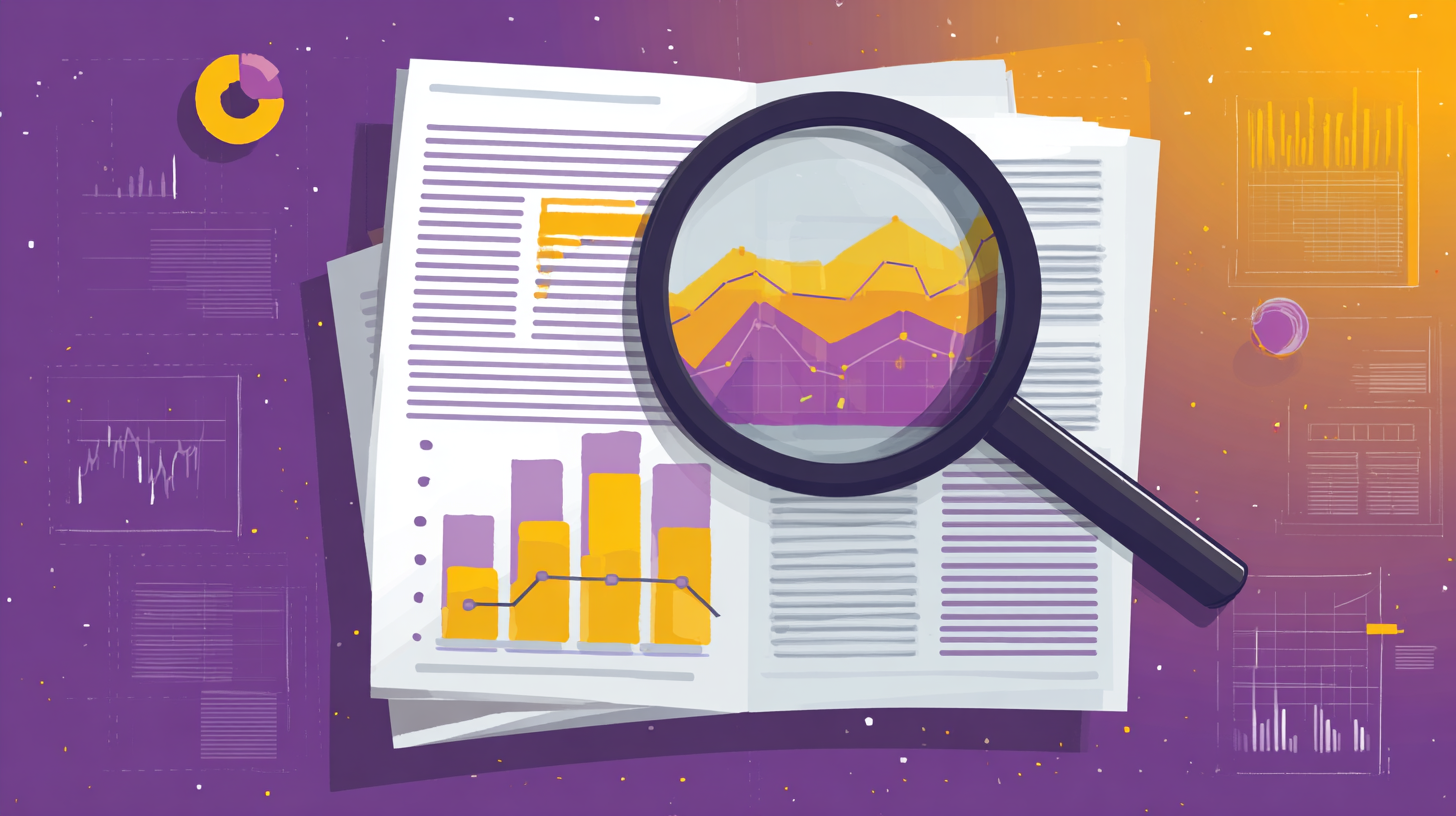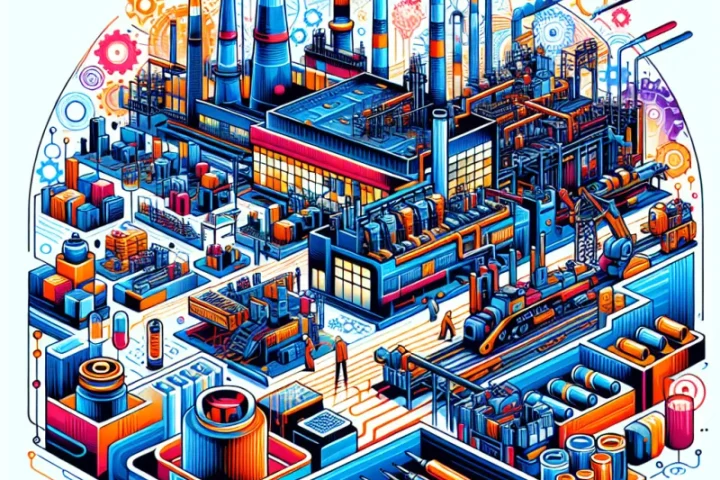In today’s information-saturated digital landscape, deep-dive analytical articles have emerged as the gold standard for authoritative content that drives engagement, builds trust, and establishes thought leadership. When enhanced with strategic visual elements, these comprehensive pieces become powerful tools that not only inform but also captivate audiences and significantly improve content performance metrics.
Deep-dive analytical content represents a fundamental shift from surface-level reporting to substantive analysis that provides readers with actionable insights, comprehensive understanding, and genuine value. The integration of data visualizations, infographics, and interactive elements transforms these analytical pieces into immersive experiences that resonate with modern content consumption patterns.
Understanding Deep-Dive Analytical Articles
Deep-dive analytical articles are comprehensive, research-intensive pieces that explore complex topics through multiple lenses, providing readers with thorough understanding rather than superficial coverage. These articles typically range from 2,000 to 10,000 words and distinguish themselves through rigorous research methodology, original insights, and evidence-based conclusions.
The defining characteristics of effective analytical content include comprehensive topic exploration, multiple data sources, expert interviews, trend analysis, and actionable conclusions. Unlike traditional news articles that focus on reporting events, deep-dive analysis examines underlying causes, broader implications, and future predictions.
Long-form content of this nature serves multiple strategic purposes: establishing domain expertise, improving search engine rankings through comprehensive keyword coverage, generating high-quality backlinks, and creating evergreen content that continues delivering value over time.
The Critical Role of Visual Elements
Visual storytelling has become essential for analytical articles because human brains process visual information 60,000 times faster than text. In an era where attention spans are decreasing, data visualizations and infographics serve as cognitive bridges that help readers navigate complex information more effectively.
Research demonstrates that articles with visual elements receive 94% more views than text-only content. Furthermore, interactive visualizations can increase time-on-page by up to 300%, significantly improving engagement metrics that search engines use to evaluate content quality.
Visual analytics also enhance comprehension and retention. Complex datasets, trend analyses, and comparative studies become more accessible when presented through charts, graphs, and interactive dashboards. This accessibility is crucial for analytical content that aims to communicate sophisticated concepts to diverse audiences.
Types of Visuals for Analytical Articles
Data Visualizations and Charts
Data visualizations form the backbone of effective analytical articles. Line charts excel at showing trends over time, making them ideal for financial analysis, market research, and performance tracking. Bar charts effectively compare different categories or demonstrate rankings, while pie charts work best for showing proportional relationships within datasets.
Scatter plots reveal correlations between variables, essential for statistical analysis and research findings. Heat maps provide intuitive ways to display complex data matrices, particularly useful for geographic analysis or performance comparisons across multiple dimensions.
Advanced visualization techniques include interactive charts that allow readers to explore data independently, creating personalized analytical experiences. These tools transform passive readers into active participants in the analytical process.
Infographics and Process Diagrams
Infographics serve as powerful tools for synthesizing complex information into digestible visual formats. They excel at presenting step-by-step processes, historical timelines, and comparative analyses. Well-designed infographics can standalone as shareable content pieces while supporting the broader analytical narrative.
Process diagrams and flowcharts help readers understand complex systems, decision trees, and workflow analyses. These visuals are particularly valuable in business analysis, technical explanations, and strategic planning discussions.
Interactive Elements and Multimedia
Interactive visualizations represent the cutting edge of visual storytelling in analytical content. These elements include clickable charts, expandable sections, embedded calculators, and dynamic maps that respond to user input.
Multimedia integration through embedded videos, audio interviews, and animated graphics adds depth to analytical articles. Expert interview clips can provide authority and credibility, while animated explanations can clarify complex concepts that static visuals cannot adequately address.
Research and Data Collection Strategies
Effective deep-dive analytical articles require systematic research methodologies that ensure accuracy, completeness, and credibility. Primary research through surveys, interviews, and original data collection provides unique insights that differentiate analytical content from competitors.
Secondary research involves comprehensive analysis of existing studies, industry reports, academic papers, and reliable databases. The key lies in synthesizing information from multiple sources to create original insights rather than simply aggregating existing content.
Data verification processes are crucial for maintaining credibility. This includes cross-referencing sources, checking methodologies, and acknowledging limitations or potential biases in the data. Transparent source attribution builds trust and allows readers to verify claims independently.
Expert interviews add authority and unique perspectives to analytical content. Industry leaders, academic researchers, and practitioners provide insights that cannot be obtained through desk research alone. These interviews often reveal trends and implications that data alone cannot capture.
Content Structure and Organization
Deep-dive analytical articles require careful structural planning to maintain reader engagement throughout extended content. The inverted pyramid structure, adapted for long-form content, begins with key findings and conclusions before diving into supporting analysis and methodology.
Sectional organization should follow logical progression, with clear headings and subheadings that allow readers to navigate to specific topics of interest. Executive summaries at the beginning provide immediate value for time-constrained readers while encouraging deeper exploration.
Visual break points strategically placed throughout the article prevent overwhelming walls of text. Infographics, charts, and images should appear every 300-500 words to maintain visual interest and provide cognitive rest periods.
Progressive disclosure techniques reveal information in digestible chunks, using expanding sections, tabs, or linked appendices for detailed data that might interrupt the main narrative flow.
Visual Design Best Practices
Effective visual design for analytical articles balances aesthetic appeal with functional clarity. Color schemes should enhance readability while maintaining brand consistency. Data visualizations should use colorblind-friendly palettes and maintain sufficient contrast for accessibility.
Typography hierarchy guides readers through complex content using consistent heading styles, bullet points, and callout boxes for key insights. White space prevents cognitive overload and improves overall reading experience.
Mobile optimization ensures visual elements remain effective across devices. Responsive design principles require that charts, infographics, and interactive elements adapt to different screen sizes without losing functionality or clarity.
Loading optimization for visual content prevents page abandonment due to slow load times. Image compression, lazy loading, and content delivery networks ensure smooth user experiences regardless of connection speed.
SEO and Performance Optimization
Deep-dive analytical articles with visual elements require specific SEO strategies to maximize visibility and reach. Keyword optimization should focus on long-tail, analytical terms that reflect the comprehensive nature of the content.
Image SEO includes descriptive alt text, relevant file names, and structured data markup for visual content. Infographics and charts should include text alternatives that search engines can index.
Page speed optimization becomes critical with visual-heavy content. Techniques include image compression, browser caching, and content delivery networks to maintain fast loading times without sacrificing visual quality.
Internal linking strategies should connect analytical articles to related content, creating topic clusters that demonstrate expertise and improve search rankings. External linking to authoritative sources builds credibility and supports the analytical claims.
Measuring Success and Analytics
Performance metrics for deep-dive analytical articles extend beyond traditional pageviews to include engagement depth, social sharing, and conversion rates. Time-on-page, scroll depth, and interaction rates with visual elements provide insights into content effectiveness.
Social media analytics reveal which visual elements drive shares and discussions. Infographics and data visualizations often perform exceptionally well on platforms like LinkedIn and Twitter, extending content reach beyond the original publication.
Backlink analysis tracks how analytical content attracts authoritative links from other websites. High-quality deep-dive articles with compelling visuals often become reference materials cited by other researchers and journalists.
Conversion tracking measures how analytical content contributes to business objectives, whether through lead generation, newsletter subscriptions, or product inquiries.
Tools and Technologies
Modern content creation relies on sophisticated tools for producing deep-dive analytical articles with professional visuals. Data visualization platforms like Tableau, D3.js, and Google Data Studio enable creation of interactive charts and dashboards.
Design software including Adobe Creative Suite, Canva Pro, and Figma facilitate infographic creation and visual design. Collaboration platforms enable teams to work together on complex analytical projects.
Content management systems with visual capabilities support embedded interactive elements and multimedia integration. Analytics platforms provide insights into content performance and user engagement patterns.
Research tools including survey platforms, database access, and interview transcription software streamline the data collection and analysis process essential for authoritative analytical content.
Future Trends and Innovations
The evolution of deep-dive analytical articles points toward increased interactivity, personalization, and multimedia integration. Artificial intelligence tools are beginning to assist with data analysis, pattern recognition, and even automated visual generation.
Virtual and augmented reality technologies may soon enable immersive analytical experiences where readers can explore data environments in three-dimensional spaces. Voice interfaces and audio analytics could make analytical content more accessible to diverse audiences.
Real-time data integration allows analytical articles to update automatically as new information becomes available, creating living documents that maintain relevance over time.
Conclusion
Deep-dive analytical articles with visuals represent the pinnacle of content marketing sophistication, combining rigorous research, compelling storytelling, and strategic visual design. These comprehensive pieces not only inform and engage audiences but also establish lasting authority and drive meaningful business results.
Success requires commitment to quality research, professional visual design, and continuous optimization based on performance analytics. As content consumption patterns evolve, the integration of visual elements with analytical depth will continue to distinguish exceptional content from the merely adequate.
Organizations that master the art and science of deep-dive analytical content with strategic visual enhancement will build lasting competitive advantages in the attention economy, creating valuable resources that serve audiences while achieving business objectives.












